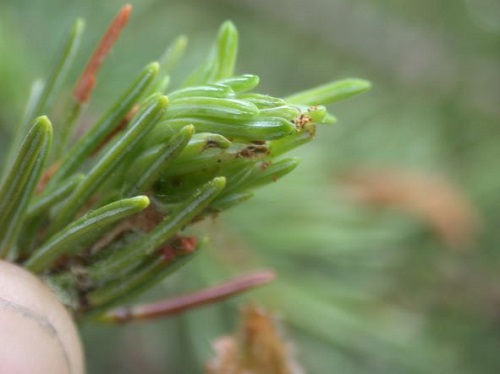Eastern spruce budworm
Choristoneura fumiferana
The eastern spruce budworm is a tortricid moth often called the spruce budworm outside of British Columbia. It's a major defoliator in boreal forests in eastern Canada. The spruce budworm typically has a 20-year outbreak cycle.
On this page
Description
The eastern spruce budworms are mostly commonly found in the Fort Nelson Natural Resource District but have also been found in the Fort St. John Timber Supply Area. In 2001, 1.6 million hectares primarily in B.C.'s Fort Nelson Natural Resource District were affect by an outbreak.
The spruce budworm has been associated with the term "Spruce Decline Syndrome". This term is being used to describe those stands that have entered a general state of decline following the collapse of the last budworm outbreak in 1995.
The eastern spruce budworm disperses locally after hatching with long-range migration possible when adults move to avoid harsh weather conditions.
The eastern spruce budworm has a one-year life cycle. Most defoliation occurs in spring during larval development before pupation and the adult moths disperse.
Host tree species
The main host of the eastern spruce budworm in the Fort Nelson Natural Resource District is white spruce.
Damage symptoms
The larval stage defoliates host trees and causes visible damage and tree mortality. When trees are stressed they are more likely to die. Defoliated trees appear brownish-red and scorched on the upper crown and branches. Larvae eats the current years needles and buds.
Repeated budworm defoliation causes tree mortality over large areas, reduction of growth rates and reduced lumber quality. Sustained attack results in complete defoliation in four to five years.
Identification images
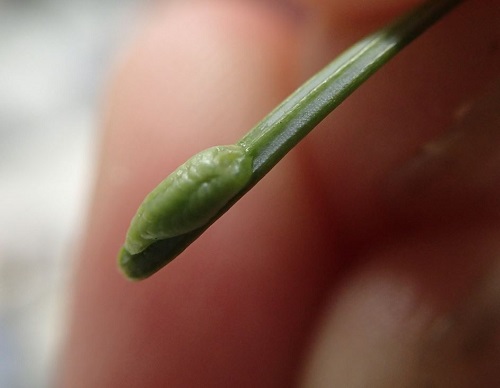
Egg
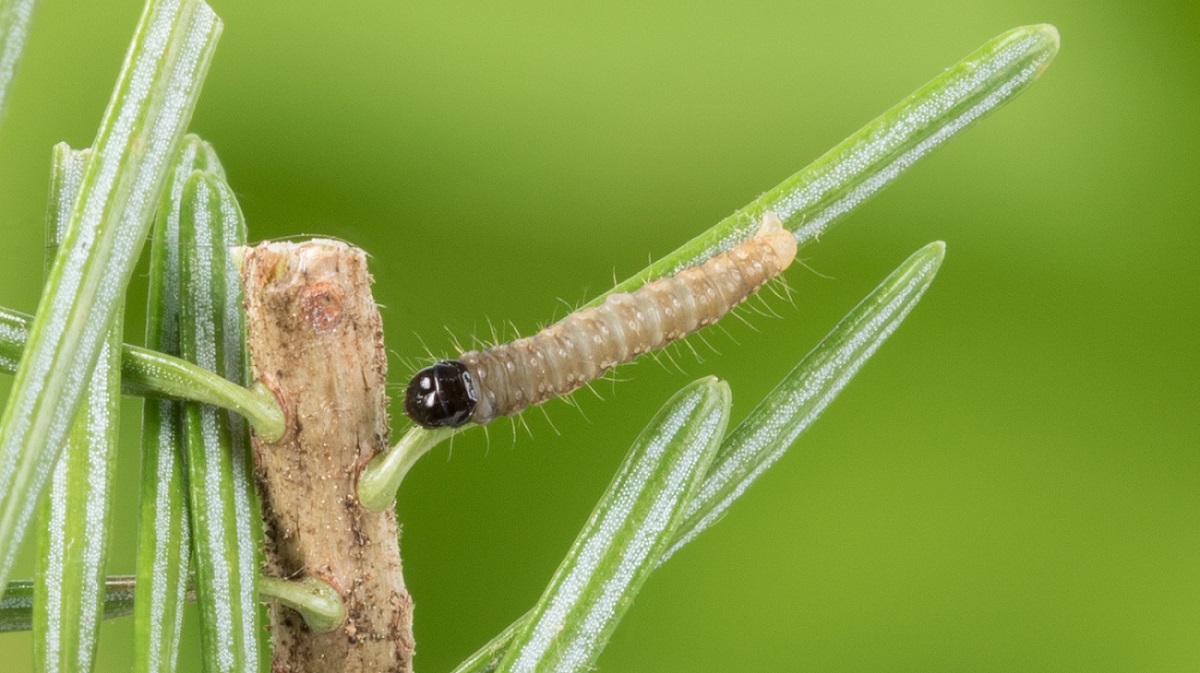
Young larvae
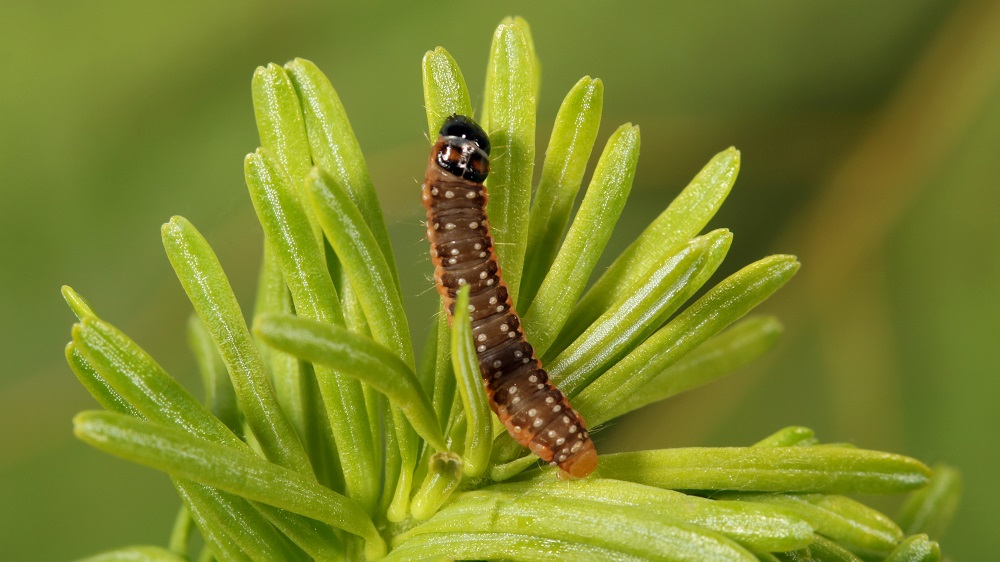
Mature larvae
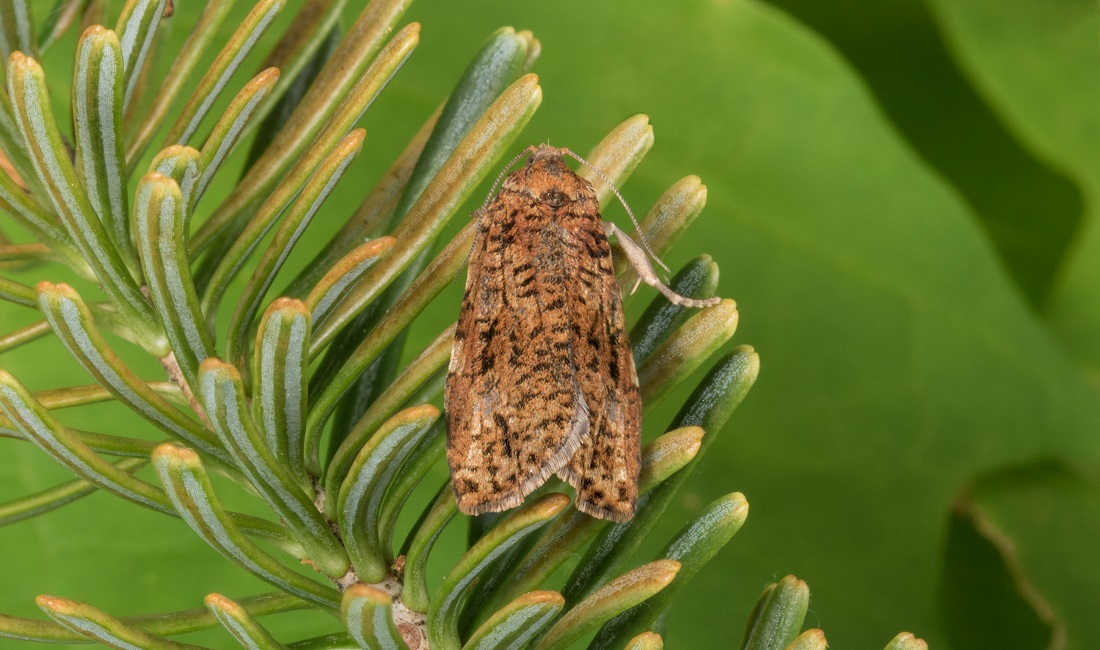
Moth
Additional images
Photo credits: Ministère des Ressources naturelles et des Forêts du Québec
Egg
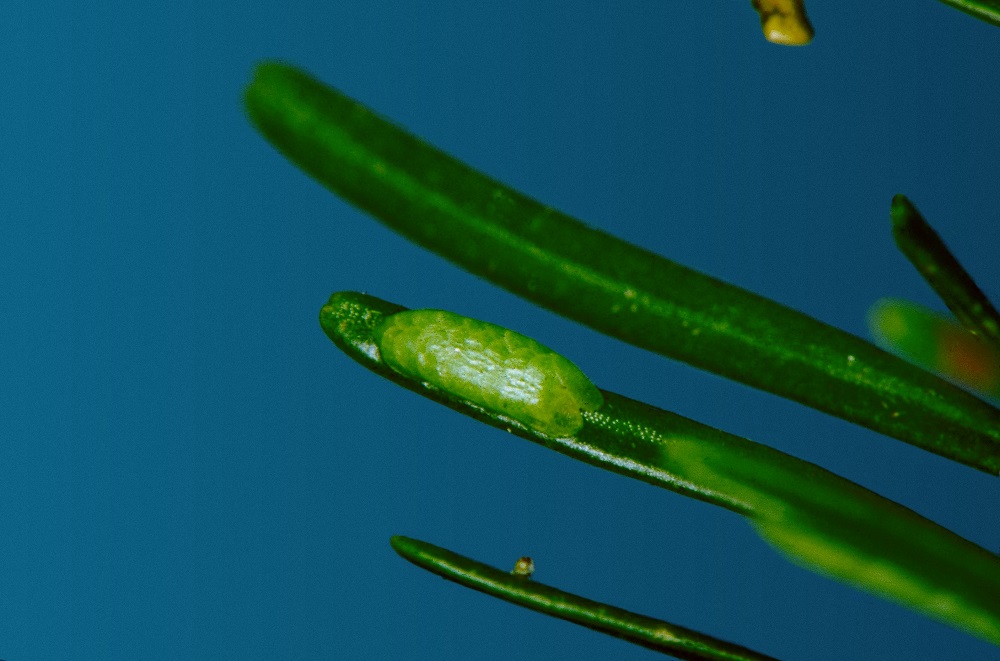
Pupae
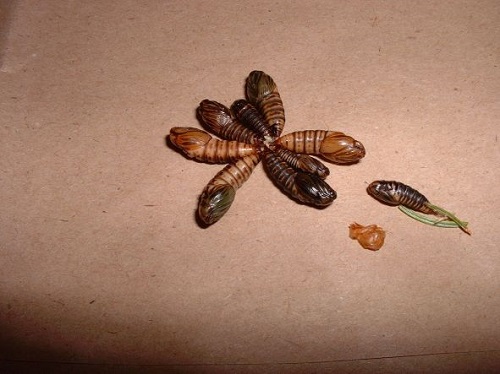
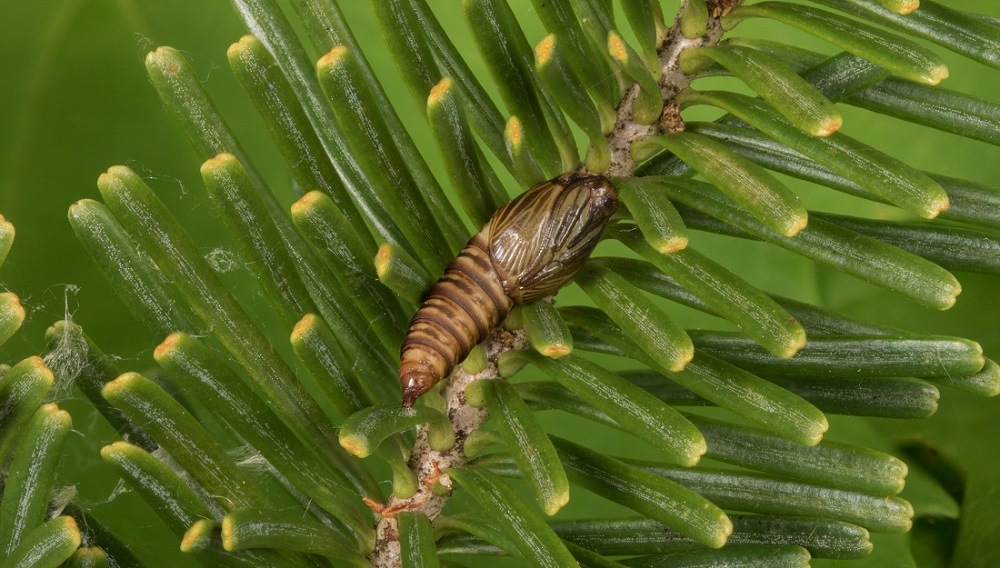
Damage
Damage by young larvae
Damaged branch
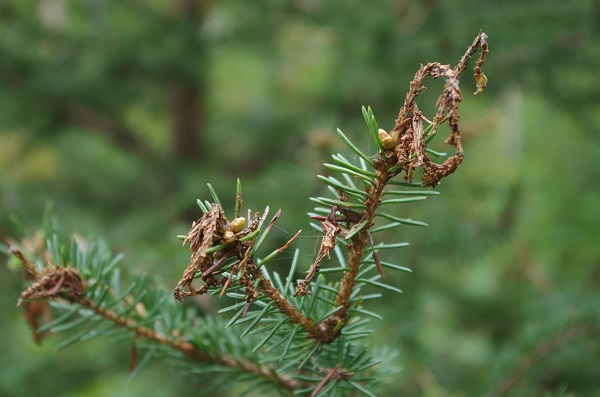
Aerial damage
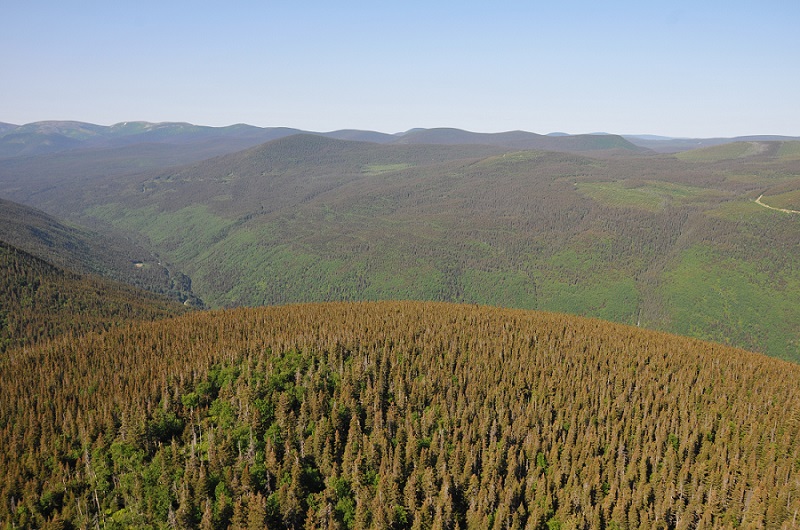
Further reading
Read more about the eastern spruce budworm in the Field Guide to Forest Damage in B.C. (PDF, 6.6MB)

